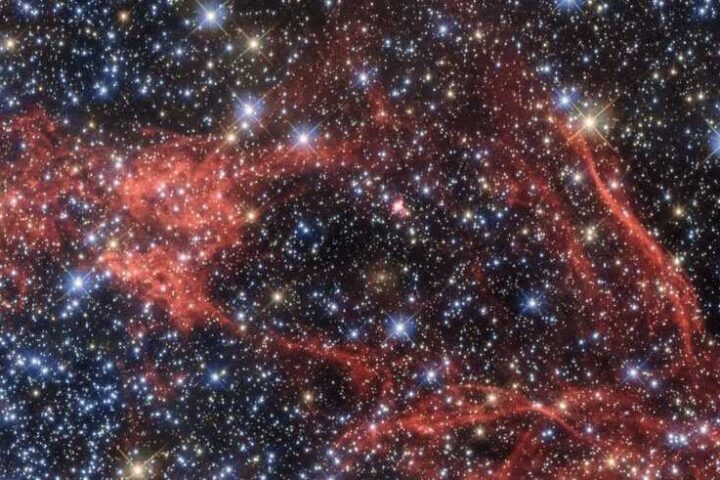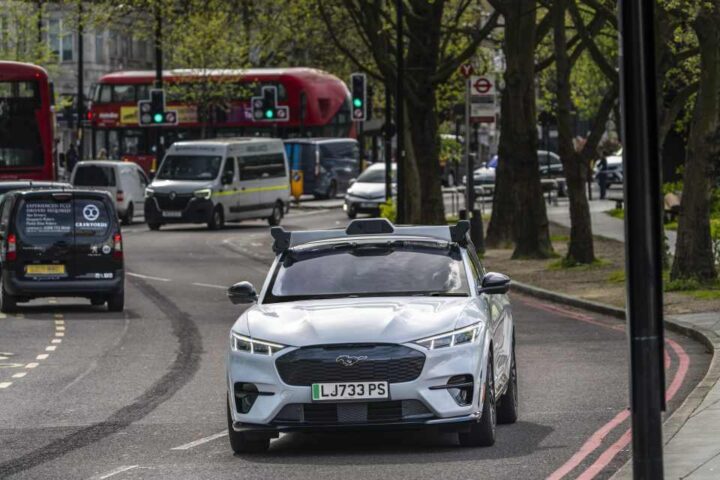In the quest to combat the growing public health concern of visual impairment, particularly stemming from high myopia, researchers from Tokyo Medical and Dental University (TMDU) have made a significant breakthrough. They’ve harnessed the power of machine learning in Myopia Treatment to predict long-term visual outcomes in patients with high myopia, a condition that’s among the top three causes of irreversible blindness worldwide.
High myopia, or severe shortsightedness, is a condition where people can see objects close to them clearly but struggle with distant vision. While corrective measures like glasses, contacts, or surgery exist, they don’t address the underlying risk of developing pathologic myopia. This condition leads to complications that are a leading cause of blindness.
The TMDU study, as published in JAMA Ophthalmology, explored the capabilities of machine learning in predicting the risk of visual impairment over the long term. The research team, led by Yining Wang, M.D., analyzed the visual acuity of 967 Japanese patients at TDMU’s Advanced Clinical Center for Myopia over periods of 3 and 5 years. This analysis involved 34 variables typically collected during ophthalmic examinations, including age, current visual acuity, and corneal diameter. They tested various machine learning models, with logistic regression-based models showing the best performance in predicting visual impairment at 5 years.
Yining Wang, M.D., the lead author of the study, emphasized the strengths of machine learning in the realm of ophthalmology: “We know that machine-learning algorithms work well on tasks such as identifying changes and complications in myopia,” he noted in a TMDU news release. He further explained that the goal of this study was to explore the effectiveness of these algorithms in long-term predictions, which is a novel approach in this field.
Similar Posts
A key aspect of this study was not just predicting outcomes but making these predictions accessible and understandable for patients and clinicians. For this purpose, the researchers employed a nomogram, a visual representation that assigns a line with a length to each variable, indicating its importance in predicting visual acuity. These lengths can be converted into points that cumulatively provide a risk score for future visual impairment.
Kyoko Ohno-Matsui, M.D., Ph.D., and senior author of the study, highlighted the importance of making the model’s output patient-friendly: “It’s also important to present the model’s output in a way that is easy for patients to understand and convenient for making clinical decisions,” she stated. This remark underscores the commitment to not just technological advancement but also its practical application in a clinical setting.
The implications of such technology are far-reaching. Vision loss has a profound impact, often leading to loss of independence and financial burden. In fact, the global productivity loss due to severe visual impairment was estimated at $94.5 billion in 2019. While further evaluation of this model on a broader population is necessary, the study underscores the potential of machine learning models to address critical public health issues, benefiting individuals and society at large.















